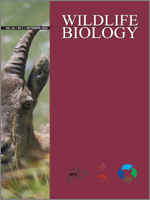Statistical population reconstruction can be a valuable tool for monitoring the status and trends of game populations at large spatial scales using age-at-harvest data. Despite their utility and increasing use in demographic studies, it is necessary that these models be evaluated before their results are applied. We recommend practitioners evaluate their fitted population models using a variety of approaches, including residual analyses, point-deletion techniques and sensitivity analyses, and we illustrate these techniques using several case studies. Although we stress the value of these quantitative procedures, the final evaluation criterion should be the biological realism of the estimated demographic parameters and trends. Auxiliary field data should be used whenever possible in this final model check. After investigators are satisfied that the selected model(s) is/are adequate, this auxiliary data can be incorporated in a final stage of the analyses to further improve accuracy and precision of the population projections. The procedures we outline and recommendations we make will improve the credibility and utility of results of population reconstruction modeling.
How to translate text using browser tools
1 September 2012
Model evaluation in statistical population reconstruction
John R. Skalski,
Michael V. Clawson,
Joshua J. Millspaugh

Wildlife Biology
Vol. 18 • No. 3
September 2012
Vol. 18 • No. 3
September 2012
abundance estimation
age-at-harvest data
model evaluation
model Selection
numerical optimization
population reconstruction
residual analyses




